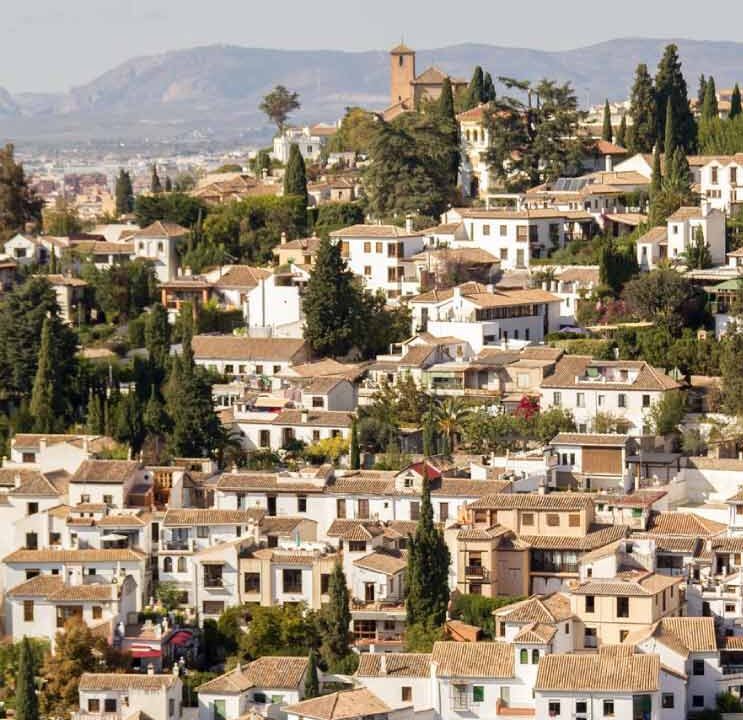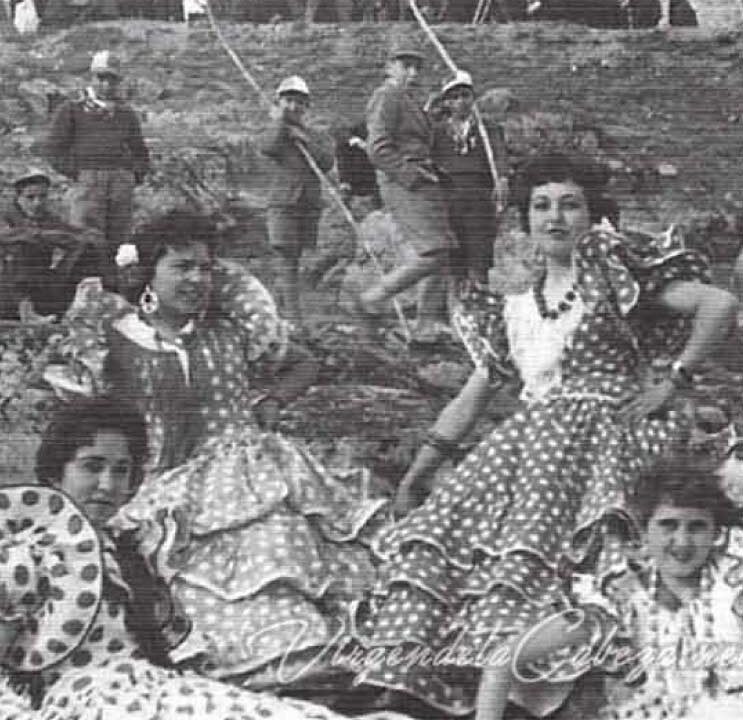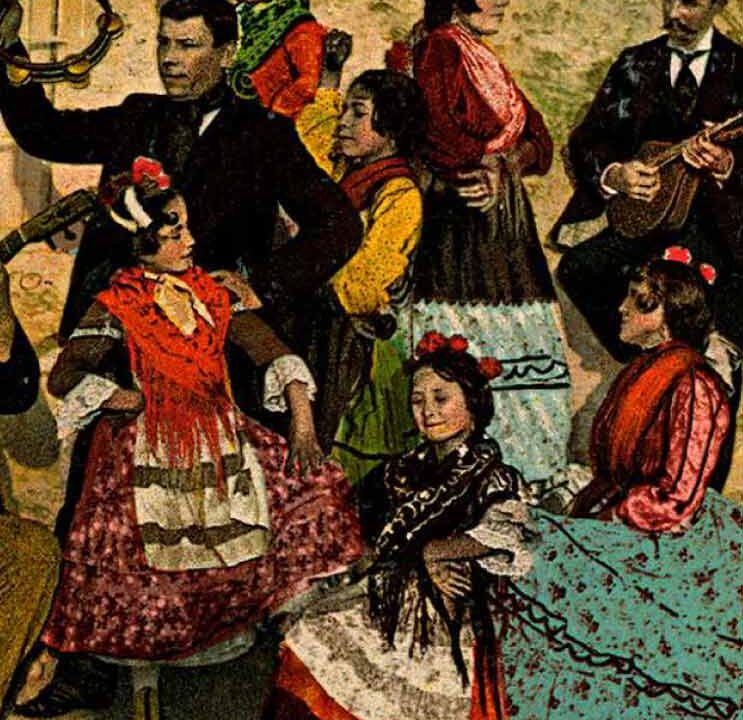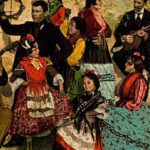
5 unknown flamenco artists in Granada
August 29, 2023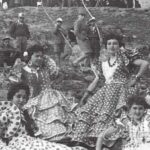
History of the flamenco dress: origin and evolution
September 24, 2023Among the many flamenco palos that exist, there are some that are closely linked to flamenco in Granada. This is the example of the granaína and its variant, the media granaína, two flamenco palos native to the city of the Alhambra. These two palos, although they have different characteristics, have many others in common.
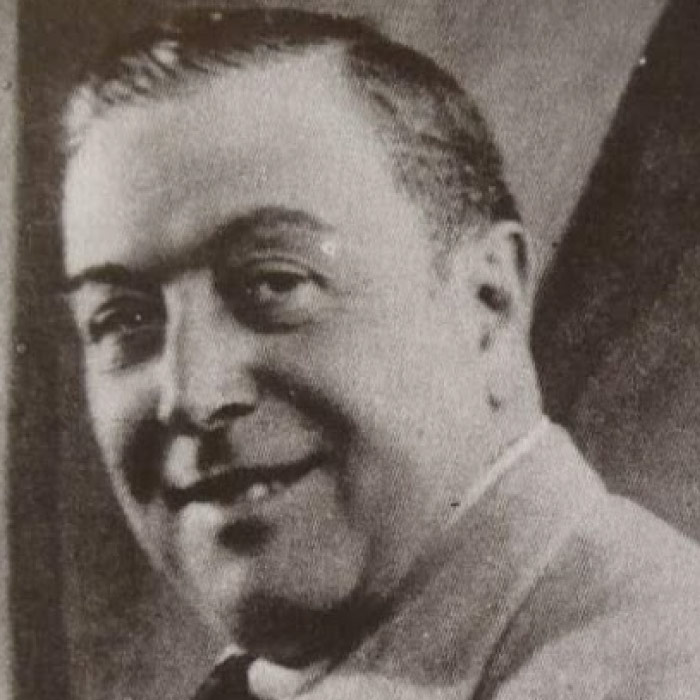
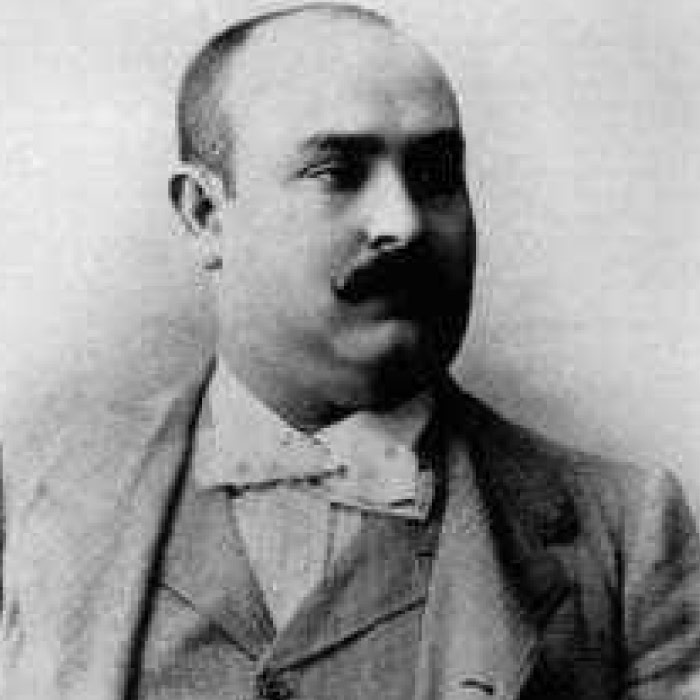
The granaína is characterized by its lyrical structure consisting of five octosyllabic lines of verse. These lines generally rhyme consonantally in the first, third and fifth lines. When sung, it is commonly extended to six lines by repeating one of the first two lines. The granaína unfolds with a free rhythm, depending largely on the guitarist and the cantaor, who establish an internal rhythm while performing the cante: that is to say, it does not have a marked meter. The falseta, or instrumental part of the song, is rich in ornamentation and the cantaor of the granaína must have an agile and powerful voice to perform it masterfully.
Although the exact origin of the granaína and the media granaína is still a matter of debate in the flamenco world, it is known that this style flourishes from the aflamencamiento of the amalgam of cantes called fandangos de Granada: fandangos del Albaicín, fandangos de Güejar Sierra, fandangos de la Peza, fandangos de Almuñécar and fandangos de Rondar. Originally, these fandangos were danced in a lively and lively way in a 3 by 4 meter, typical of the musical forms commonly known as abandolás. It was with the passage of time and the intermediation of some flamenco artists, that some of the melodies of the fandangos of Granada became more nuanced. These folk songs were slowed down and tempered until they practically lost their rhythm. The result, after a long process, is what is known today as granaína and media granaína.
These palos were developed in the zambras of Sacromonte and became popular at the end of the 19th century thanks to the important work of the Granaín singers Frasquito Yerbagüena and Paquillo el Gas. Later, these palos were spread by Antonio Chacón, El Peña and Canalejas de Puerto Real and masterfully interpreted by El Niño de las Almendras.
There is considerable controversy as to the differences between the two. Some consider that there are hardly any substantial differences in their basic structure. On the other hand, it is pointed out that in the granaína the lines of verse are prolonged and the lyrics are related to Granada. In the media granaína, on the other hand, the lines of verse are shortened and interpret more personal and intimate themes. But the most interesting aspect of this whole subject lies in its nomenclature: when these palos began to develop, they were called in the opposite way and, due to the whims of flamenco at a certain moment, these names, granaína and media granaína, were interchanged until our days.


